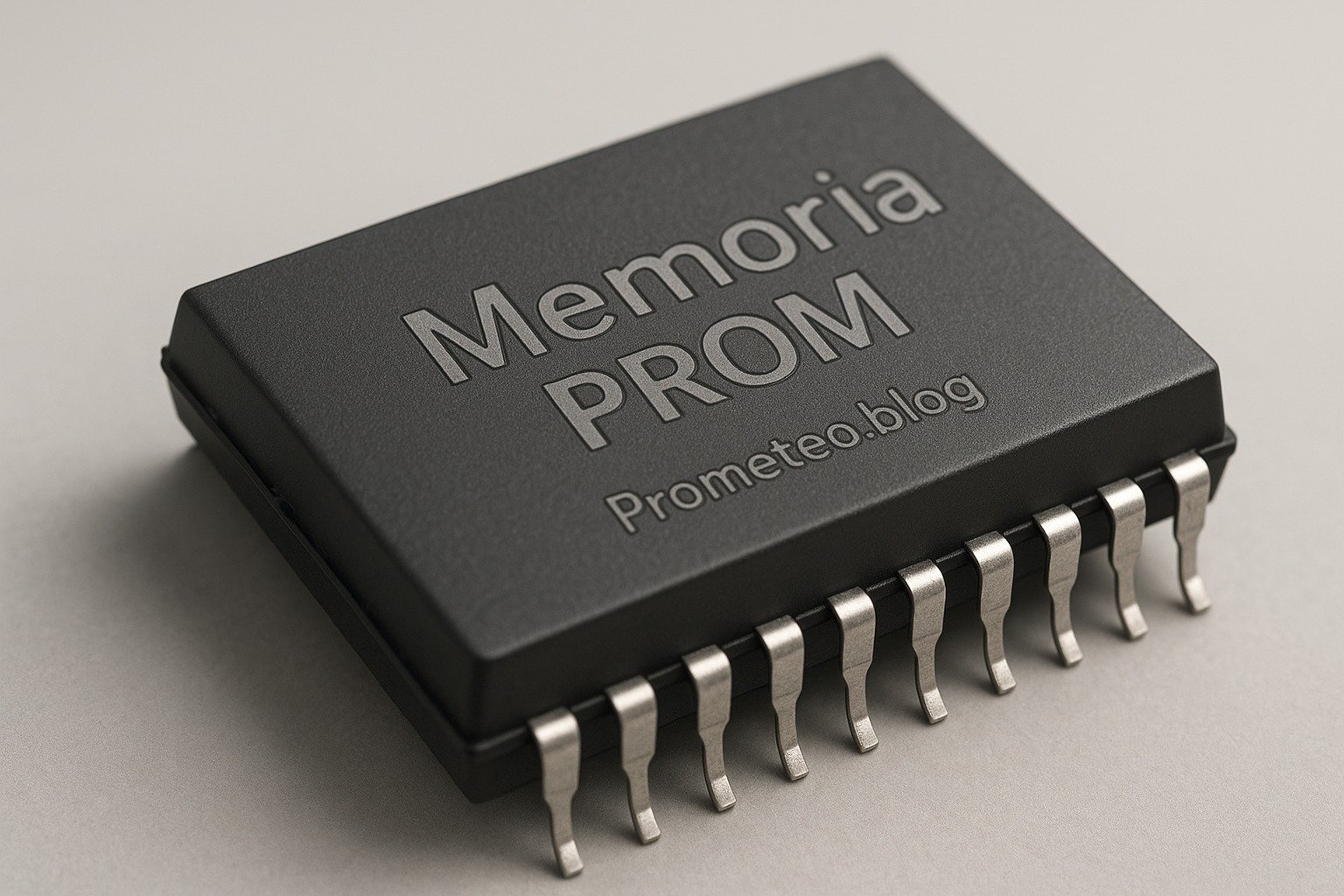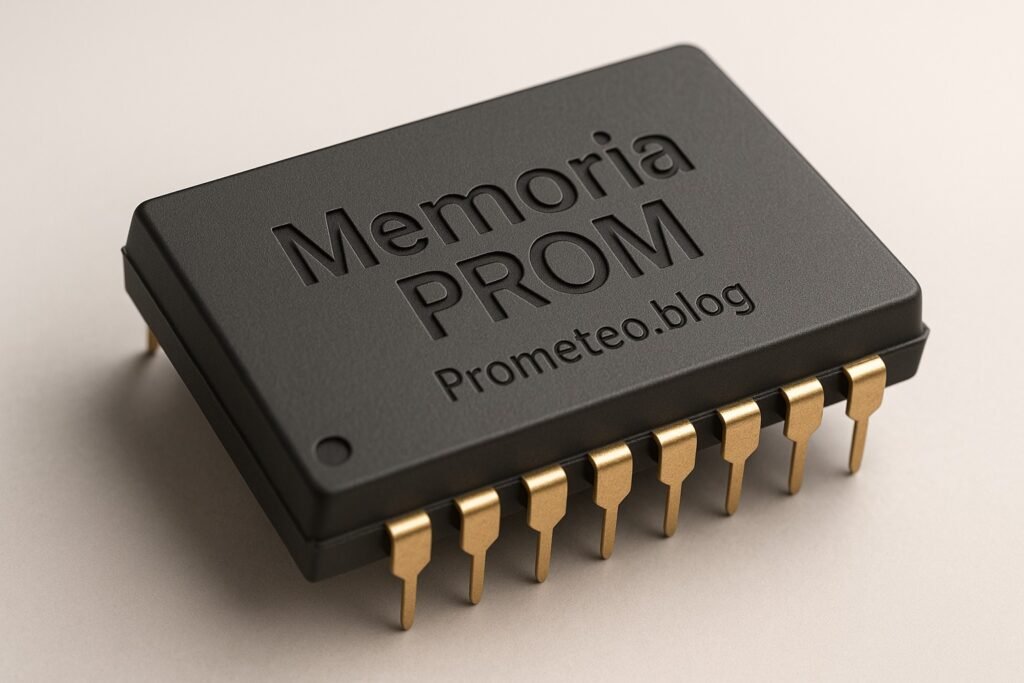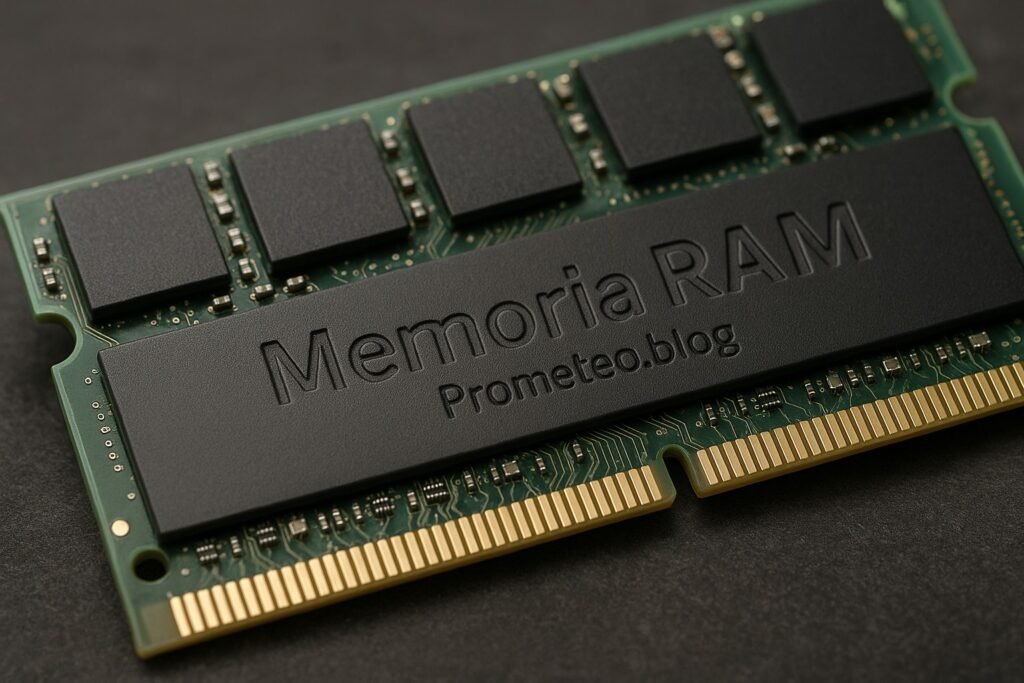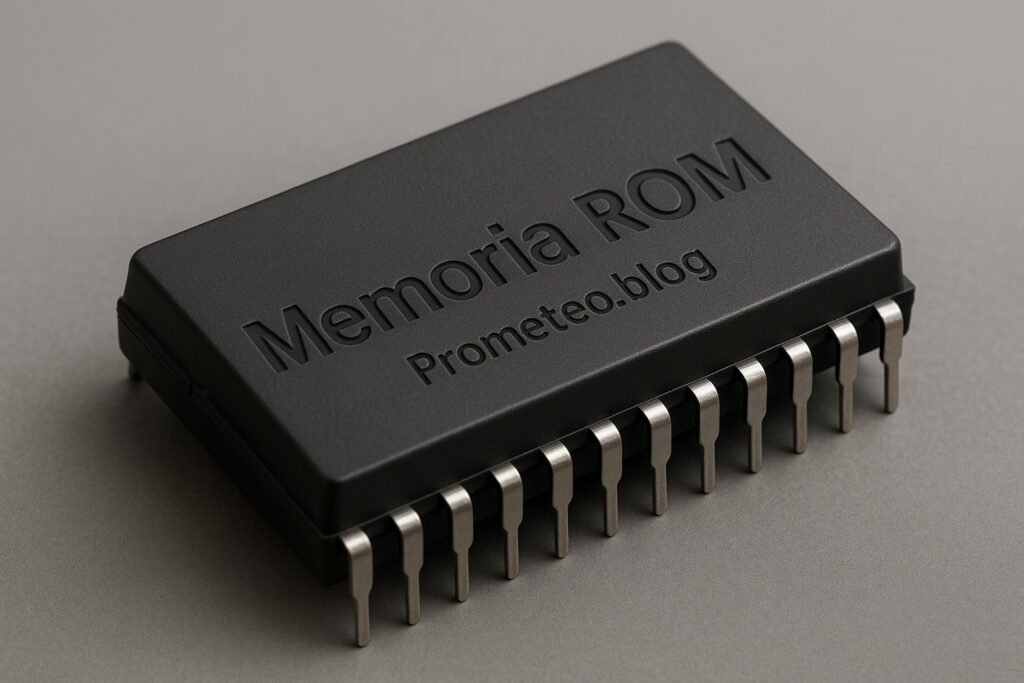Introduction
Have you ever wondered how electronic devices remember crucial settings even after being powered off? I still remember my first experience with programmable read-only memory (PROM) during a lab session, where I discovered how this technology could store data permanently. PROM is a fascinating component in the world of electronics, serving as a reliable means of data storage in various applications. In this tutorial, we will explore the fundamentals of PROM, how it functions, its applications, best practices and limitations, a concrete use case, and a conclusion that ties everything together.
Fundamentals
Programmable Read-Only Memory (PROM) is a type of non-volatile memory that retains data even when power is removed. Unlike volatile memory types, such as Random Access Memory (RAM), which lose their stored information when powered off, PROM maintains its data integrity indefinitely. This characteristic makes it ideal for applications where data retention is critical.
Characteristics of PROM
- Non-Volatile: PROM does not require power to maintain its data. This feature is essential for devices that need to store settings or firmware that should not change over time.
- Programmable: PROM can be programmed after manufacturing, allowing users to customize the data stored within. However, this programming is permanent, meaning once the data is written, it cannot be altered or erased.
- Data Representation: The data in PROM is represented using fuse links. When programming, specific fuses are blown to represent binary ‘0’s or ‘1’s, creating a unique memory map for the stored data.
Types of PROM
Although PROM itself is a single type of memory, it has evolved into several variations:
– Masked ROM: This is a type of ROM that is programmed during the manufacturing process and cannot be changed afterward. It is not considered PROM since it cannot be programmed by the user.
– PROM: As described, it is user-programmable but cannot be modified once programmed.
– EPROM (Erasable Programmable Read-Only Memory): This type can be erased using ultraviolet light and reprogrammed, providing more flexibility than standard PROM.
– EEPROM (Electrically Erasable Programmable Read-Only Memory): This version can be erased and reprogrammed electrically, allowing for easier updates compared to both PROM and EPROM.
Understanding these variations can help you choose the right type of memory for your specific needs, depending on whether you require permanence or flexibility in your data storage.
How it Works
The programming of PROM is a critical aspect of its functionality. The process involves using a PROM programmer, which applies a higher voltage to specific pins on the chip. This voltage causes certain fuse links within the chip to blow, effectively encoding your data as a series of binary values.
Programming Process
- Preparation: Before programming, ensure that the data you intend to write is accurate. This step is crucial, as any errors can lead to malfunctioning devices.
- Connection: The PROM chip is connected to a PROM programmer. This device is designed to apply the necessary voltage levels to the chip’s pins.
- Data Input: The desired data is input into the PROM programmer. This data will dictate which fuses are blown and which remain intact.
- Programming: The programmer applies the appropriate voltage to the specified pins. Fuses that receive this voltage will blow, representing a binary ‘0’, while those that do not blown represent a binary ‘1’.
- Verification: After programming, it is essential to verify that the data has been written correctly. This step helps prevent future issues related to incorrect data storage.
Access Speed and Performance
While PROM is reliable and stable, it generally has slower access speeds compared to other memory types, such as RAM or Flash memory. Access times can range from 100 nanoseconds to 1 microsecond, depending on the specific chip and its design. However, for applications where data retention is more critical than speed, the slower access time is often an acceptable trade-off.
Applications
PROM finds its utility in various fields, primarily due to its non-volatile nature. Here are some common applications:
Firmware Storage
PROM is frequently used to store firmware in devices. Firmware is the software that provides low-level control for a device’s specific hardware. Since firmware often does not require frequent updates, PROM is an ideal choice for this purpose.
Embedded Systems
In embedded systems, PROM can store the necessary data and instructions required for the device to function correctly. This includes calibration data, configuration settings, and other critical information that must remain intact even when the device is powered off.
Consumer Electronics
Many consumer electronics, such as washing machines, microwaves, and televisions, utilize PROM to store user settings and operational parameters. This ensures that the device retains its settings even after being unplugged.
Automotive Applications
As mentioned previously, the automotive industry relies heavily on PROM for electronic control units (ECUs). PROM is used to store essential calibration data, firmware, and other critical information that must remain intact throughout the vehicle’s lifespan.
Aerospace and Industrial Automation
In the aerospace sector, PROM is used to store critical flight data and system settings that must be preserved across various operational conditions. Similarly, in industrial automation, PROM can store configuration settings for machinery, ensuring consistent performance.
Best Practices and Limitations
While using PROM can be advantageous, it is essential to be aware of certain best practices and limitations to avoid potential pitfalls.
Best Practices
- Data Verification: Always verify the data before programming the PROM to avoid errors that could lead to device malfunction.
- Voltage Management: Ensure that the voltage levels applied during programming are within the specified range to prevent damage to the chip.
- Temperature Awareness: Be mindful of the operating temperature range for PROM. Exceeding these limits can lead to data corruption or failure.
- Documentation: Keep thorough documentation of the programming process, including the data written and any specific settings used during programming.
- Replacement Planning: If future updates are anticipated, consider alternative memory types, such as EEPROM, which allows for reprogramming.
Limitations
- Irreversible Programming: Once programmed, PROM cannot be changed or erased. This limitation necessitates careful planning during the programming phase.
- Access Speed: PROM generally has slower access times compared to other memory types, which may not be suitable for applications requiring rapid data retrieval.
- Cost Considerations: Depending on the application, the use of PROM may be more costly than other memory solutions, particularly when considering the need for replacement chips in case of errors.
Concrete Use Case
Let’s delve into a concrete use case where PROM is employed effectively. Consider the automotive industry, where electronic control units (ECUs) are critical for managing various vehicle functions, from engine control to safety systems.
Automotive Firmware and Calibration
In modern vehicles, ECUs often rely on PROM to store firmware and calibration data. For example, when a car is manufactured, the ECU must be programmed with specific information about the engine parameters, fuel mapping, and other critical settings tailored to that particular vehicle model. Using PROM ensures that this data remains intact and unaltered throughout the vehicle’s lifespan.
Programming Process in Automotive
The process begins when the vehicle manufacturer receives a batch of PROM chips. Initially, these chips come blank, and a PROM programmer is used to write the necessary data onto them. The manufacturer must ensure that the data is accurate because any mistakes could lead to poor vehicle performance or even safety issues. Once the programming is complete, the PROM chips are securely soldered to the ECU.
Reliability in Automotive Environment
PROM provides reliability in the automotive environment. Since it is non-volatile, even if the car’s battery is disconnected, the calibration data remains stored in the PROM. This characteristic is essential because the vehicle needs to maintain its settings without relying on constant power. Additionally, PROM can withstand the harsh temperatures and vibrations often encountered in automotive applications. Hence, it’s not uncommon for PROM to be specified for use in ECUs designed for high-performance or extreme conditions.
Challenges in Automotive Applications
However, the use of PROM in automotive applications is not without its challenges. For instance, if the manufacturer needs to update the firmware due to safety recalls or improvements, they cannot simply overwrite the existing data on the PROM. Instead, they must replace the entire PROM chip with a new one containing the updated information. This limitation can lead to additional costs and logistical challenges, especially if a large number of vehicles are affected.
Despite these challenges, manufacturers continue to rely on PROM for its durability and reliability. The automotive sector is just one example of how PROM can be effectively utilized, but similar principles apply to other industries, such as aerospace and industrial automation.
Common Mistakes and How to Avoid Them
While working with PROM, you might encounter several common pitfalls. To ensure success in your projects, keep the following points in mind:
– Neglecting Data Verification: Always double-check the data before programming the PROM. A single error can lead to malfunction.
– Inadequate Voltage Levels: Ensure that the correct voltage is applied during programming to avoid damaging the chip or failing to program it correctly.
– Ignoring Temperature Specifications: Be mindful of the operating temperature range for PROM. Exceeding these limits can lead to data corruption or failure.
– Overlooking Replacement Needs: If you anticipate needing to update data frequently, consider using a different memory type, as PROM is not reprogrammable.
– Failing to Follow Guidelines: Always refer to the manufacturer’s datasheet for specific programming procedures and limitations to avoid errors.
By being aware of these mistakes and taking proactive measures to avoid them, you can achieve more reliable results when using PROM in your projects.
Conclusion
In summary, PROM is a valuable technology for storing permanent data in various applications, particularly where reliability is essential. Understanding its characteristics, parameters, and potential use cases will help you make informed decisions when incorporating PROM into your designs. As you explore the possibilities of PROM, remember to consider its limitations and plan accordingly.
So, why not dive deeper into the world of electronics? Start experimenting with PROM in your projects today!
More information at electronicsengineering.blog
Third-party readings
Find this product and/or books on this topic on Amazon
As an Amazon Associate, I earn from qualifying purchases. If you buy through this link, you help keep this project running.
Quick Quiz




